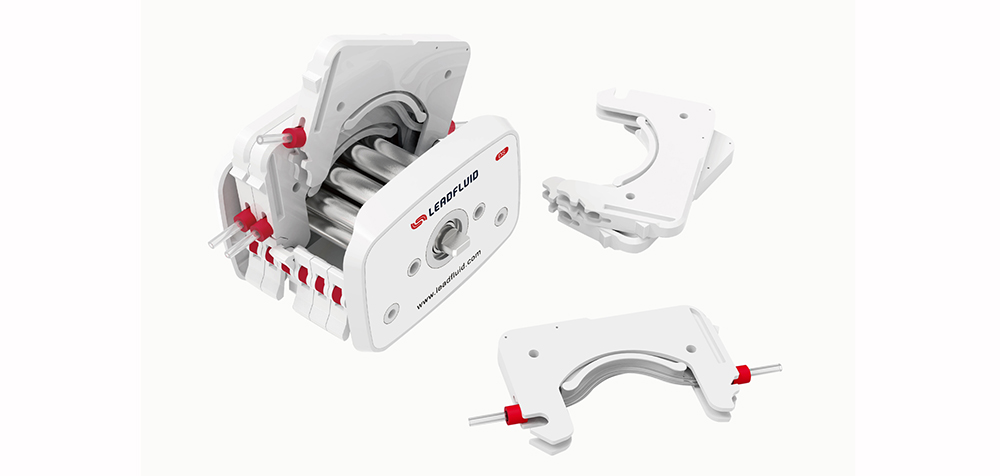Peristaltic pumps are innovative devices widely used for transferring fluids across various industries. Their operation relies on a simple yet effective principle, mimicking the natural motion of peristalsis found in biological organisms.
How Peristaltic Pumps Function
At the heart of a peristaltic pump is a flexible tube or hose, which is the primary channel for fluid transport. The pump contains a series of rollers or shoes mounted on a rotor. As the rotor turns, these rollers sequentially compress the tube. This compression creates a vacuum that draws fluid into the pump from the inlet side.
When the roller moves along the tube and releases it, the tube returns to its original shape, pushing the fluid forward through the outlet. This action generates a continuous flow of liquid, allowing for smooth and consistent transfer without contamination.
Key Features
- Self-Priming:Peristaltic pumps can draw fluid into the system without needing additional priming, making them effective for various applications.
- Non-Contact Flow:The fluid only contacts the inner wall of the tube, reducing the risk of contamination, which is crucial in sectors like pharmaceuticals and food processing.
- Flow Control:The speed of the pump can be adjusted by changing the rotor’s speed, allowing for precise control over flow rates.
Applications
Due to their unique operational principles, peristaltic pumps find applications in multiple fields, including:
- Medical and Laboratory Use:They ensure accurate dispensing of reagents and medications.
- Food Industry:Ideal for handling sensitive liquids like juices and sauces without altering their composition.
-
Water Treatment:Effective in chemical dosing for water purification processes.
Conclusion
Peristaltic pumps operate on a straightforward yet powerful principle of fluid movement through tube compression. Their design offers numerous benefits, such as contamination prevention and precise flow control, making them essential in many industrial applications. Understanding their operational mechanism helps users maximize their effectiveness in fluid transfer tasks.


